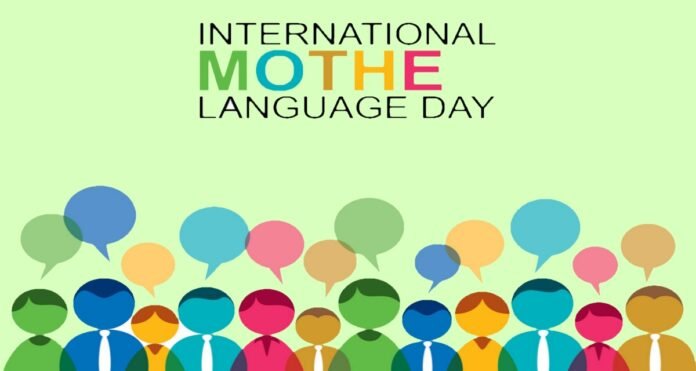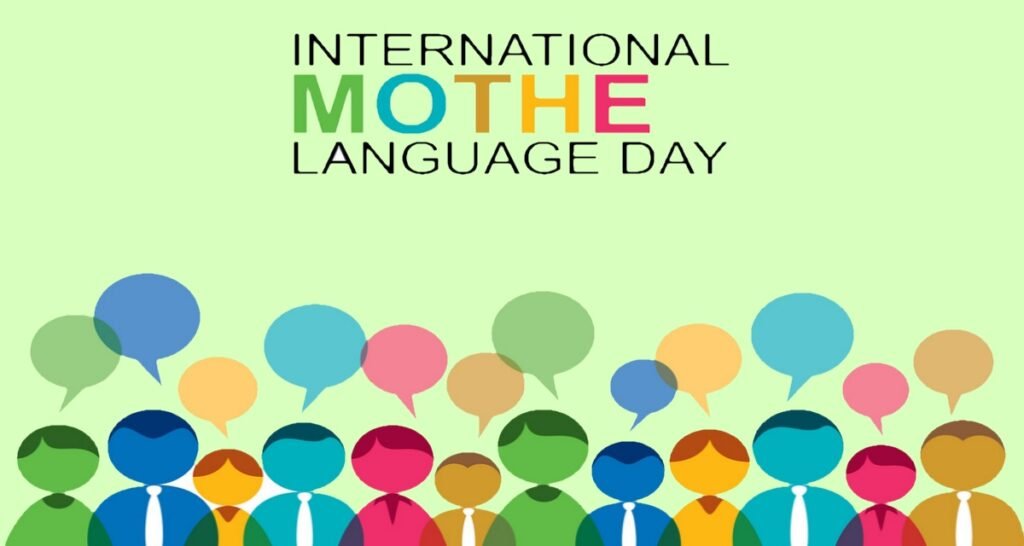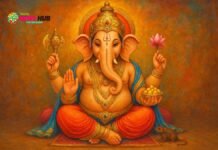
International Mother Language Day is celebrated every year on 21 February to promote linguistic, multilingual, and cultural diversity around the world. The day recognizes that languages and multilingualism are two powerful tools that can promote social inclusion and equitable development around the world. The day is also observed to make people aware of how cultural diversity and intercultural dialogue can strengthen cooperation and provide a quality education for all.
The unique initiative of celebrating International Mother Language Day was taken by Bangladesh. There are about 6,500 languages in the world today. According to the Endangered Languages Project, more than 40 percent of the world’s languages are at risk of extinction.
UNESCO declared the day on 17 November 1999, which was later formally recognized by the United Nations General Assembly in 2002. At the same time, on 16 May 2007, the United Nations General Assembly in its resolution A/RES/61/266 called on member states to promote the protection of all languages used by the peoples of the world.
The theme of International Mother Language Day in 2022 is Use of Technology in Multilingual Education: Challenges and Opportunities. This is especially relevant for a country with linguistic diversity like ours.

India has 234 identifiable mother tongues, 121 languages , and about 22 official languages. Sindhi, Konkani, Nepali, Manipuri, Maithili, Dogri, Bodo, and Santhali are the languages that were added to the Eighth Schedule of the Constitution after an amendment to the Constitution. Earlier there were 14 languages that were initially included in the constitution.
The Constitution of India designates English and Hindi as the official languages of the Government of India. However, according to Article 343(1) of the Indian Constitution, it is only Hindi written in the Devanagari script that is accepted as the official language of the central government. At the same time, the Supreme Court and High Courts use English as their official language as directed by the Constitution of India.



















































